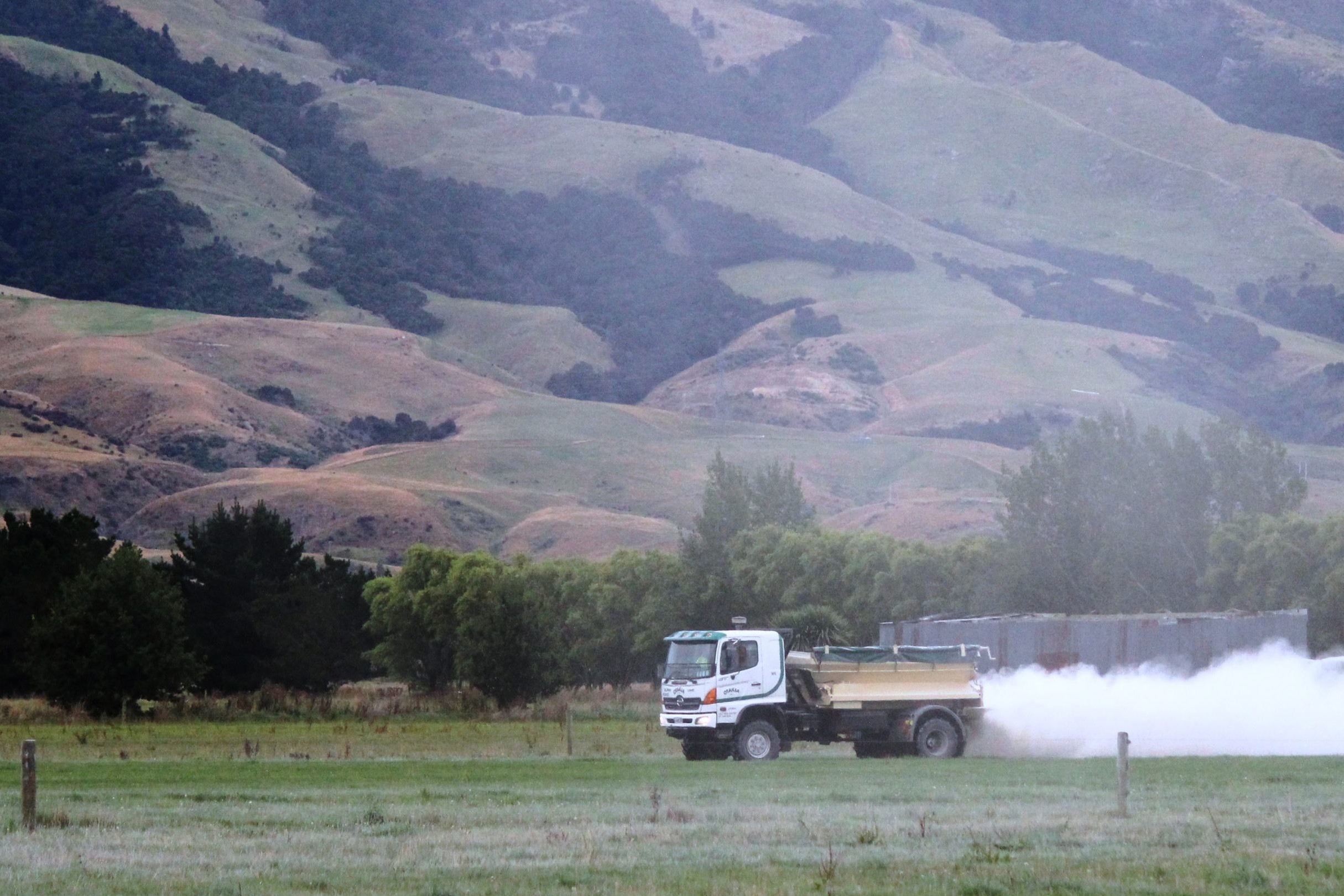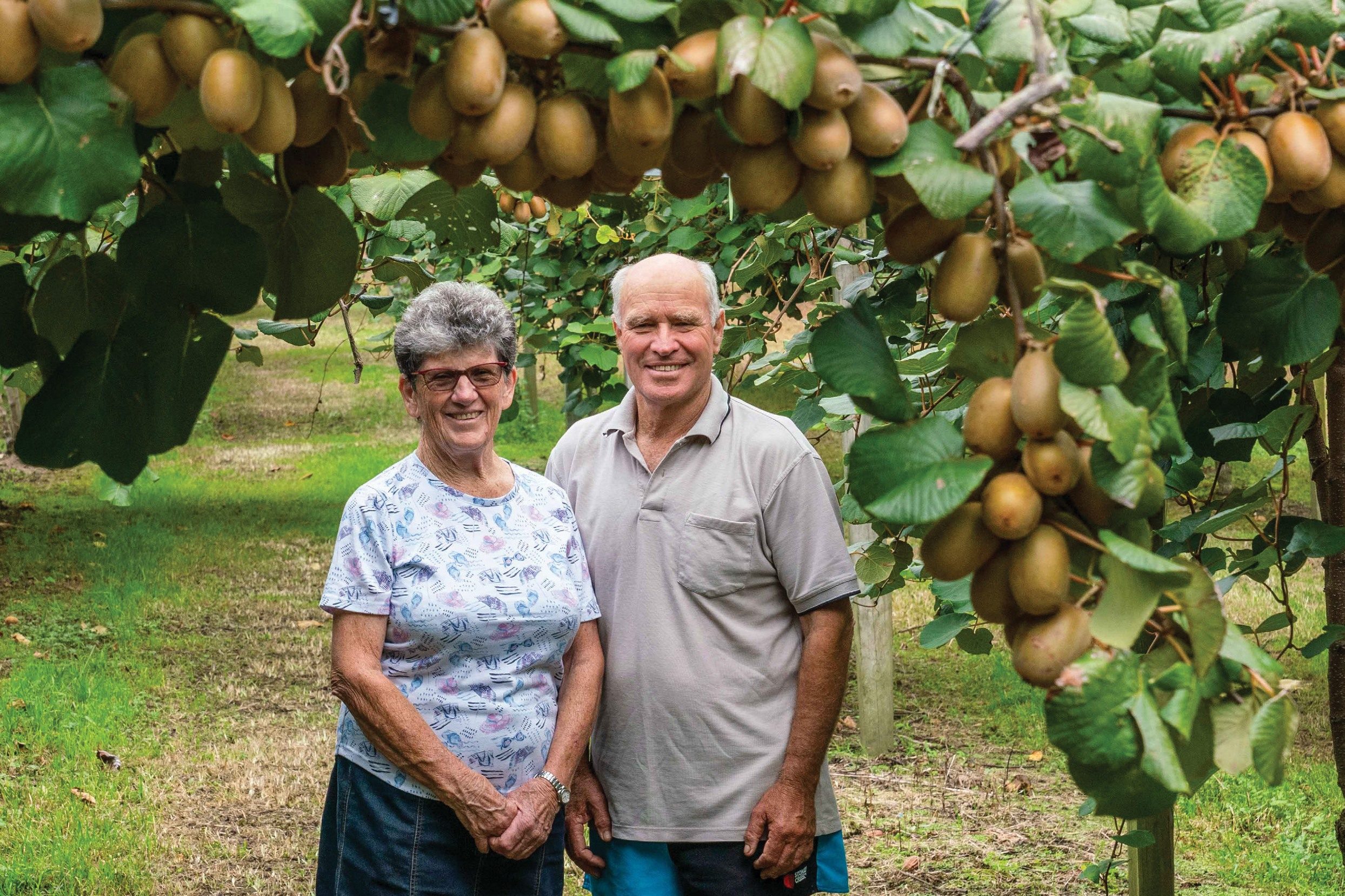By KAREN TREBILCOCK
We offer feed to our cows in kilograms of drymatter (kg DM) but not all DM is the same, especially when it really counts before calving.
PGG Wrightson Seeds’ veterinary nutritionist Charlotte Westwood says dairy cows in New Zealand, fed on high rates of bulb crops (fodder beet, swedes or turnips) during late winter, potentially come into milk production following a late pregnancy diet lacking in dietary protein.
“Protein levels in winter feeds can be variable, especially later in winter,” Charlotte says.
Winter feeds high in protein include autumn-saved pasture containing between 18% and 25% crude protein, and leafy kales and forage rape that contain moderate levels of protein.
However, lower levels of protein are found in giant-type kales, and in swedes and fodder beet crops especially if crops lose much of their tops/leaves later in winter.
Fodder beet crops with few leaves left in late winter might contain whole plant protein levels of only 9%.
Low-protein supplementary feeds compound the risk of dietary protein deficiency in late winter – barley straw contains only 5% crude protein.
And the results are showing in herds throughout the country, especially with the increasing use of fodder beet wintering.
“The demand for metabolisable protein (MP) increases through gestation and although there is some compensation via urea recycling in the rumen, it is apparent it’s not enough,” she says.
Cows increasingly need more protein as winter progresses to grow a foetus and develop mammary tissue, at the same time bulb crops are losing protein-rich leaves and kale is hardening off.
“Typically, the ratio of fodder beet leaf to bulb changes from leaf and more than 90% bulb by late July due to frosts and storms.”
Cows consuming a diet of 10kg DM fodder beet and 1.8kg DM of barley straw (after allowing for feed wastage) would be getting about 1,031g MP/day eight weeks before calving but because of crop leaf loss that would drop to 943g MP/day just before calving.
“A Friesian cow needs between 1000 to 1200g MP/day in late gestation so she is potentially in negative MP territory on low-protein bulb-dominant diets especially during the last 10-14 days of pregnancy.
“And it gets worse because while cows will be offered that much feed in the days before calving they don’t eat as much so their protein intake will be even less.”
Although there has been research on the effects of a fodder beet and low-protein hay diets in sheep, research on the effect on dairy cows is only just beginning, she says.
“In sheep, research has been done in New Zealand by AgResearch comparing ewes wintered on ryegrass with ewes on fodder beet with ryegrass hay. During and following lambing all the ewes were on grass.
“The ewes that were on fodder beet and hay during late pregnancy were lighter and gave birth to smaller lambs and the lambs were still smaller at weaning.
“There was also a higher death rate both at lambing and in the weeks between lambing and weaning in lambs born to the ewes wintered on fodder beet.”
At the Southern Dairy Hub, research led by DairyNZ senior scientist Dawn Dalley is showing replacement heifer calves born from cows wintered on a diet of 75% fodder beet are, on average, 2.5kg lighter and have a smaller stature than those from cows wintered on kale.
“At birth they are 10% lighter than the calves from cows wintered on kale which is statistically significant,” Dalley says.
The height, length and girth of the calves were also measured and again the 25% leaf and 75% bulb in early winter to worst case less than 10% fodder beet calves proved smaller.
At nine months of age, the gap in liveweight is still an 8% difference, despite being managed in mixed mobs from three days of age.
The trial work started in 2018 and the calves born from cows wintered on fodder beet have also been wintered on beet. Data from their first lactation is being compared against heifers born from cows wintered on kale and since wintered on kale.
LATER SPRINGER DRAFTING MISSES CALVERS
Charlotte says farmers know that heavily in-calf dairy cows on bulb-dominant fodder beet crops bagged up closer to calving than cows on grass or kale. This increases the risk of cows calving on crop, before they make it into the springer mob.
“When drafting cows off fodder beet crops for calving, they know it’s easy to make mistakes simply because the udders of heavily pregnant cows on bulb-crop-dominant diets are not developing the same as cows on higher-protein feeds.”
Data from three springs at the Southern Dairy Hub, where springer drafting protocols are the same for cows wintered on kale and fodder beet, show a higher incidence of calf births on fodder beet paddocks compared with those on kale.
LOWER IMMUNE STATUS FOR CALVES
Dawn also suspects colostrum quality and/ or quantity may be less from cows on fodder beet.
The fodder beet and kale calves at the Southern Dairy Hub receive first and second milking colostrum only from their respective dams until 48 hours of age and then they received milk pooled from all the cows on the farm. Blood samples from the calves are taken when they are brought into the calf shed and again at 48 hours and plasma-total protein is tested as an indicator of immunity status.
“The IGG level of the calf’s blood at 48 hours of age should be a good indicator of how good the colostrum intake was and the level of immunity the calf has received from it,” Dawn said.
“While the total protein levels in the bloods taken at birth were statistically similar in both groups, it was lower in the fodder beet calves at 48 hours which suggest that their immune status may not have been as good as the kale born calves.”
Data from bone density, health incidences and growth rates are still being analysed.
The hub work is the first time a comprehensive study investigating the lifetime performance of young stock from fodder beet and kale systems has been done as NZ is one of the few countries in the world where pregnant cows are wintered with fodder beet as a large proportion of their diet.
Charlotte says the reasoning behind the hub’s results could be the low-protein diet during late pregnancy is affecting cows’ uteroplacental blood flow while pregnant which would impact negatively on the unborn calves’ growth and development.
“There could also be a lasting effect on fertility with the onset of puberty seen later. We have found this in ewe lambs and the antral follicle count was also reduced for lambs born to ewes fed a negative MP diet during pregnancy.”
She says farmers need to be aware of risks of low-protein issues particularly when leaves have disappeared from bulb crops and if low protein supplementary feeds are being offered during late pregnancy.
“Ideally, heavily pregnant cows should be off low-protein diets at least 14 days before due calving date or offered a protein-rich supplement such as high-quality pasture or lucerne baleage to mitigate the effects.
“Feed testing bulb crops and supplementary feeds to check levels of protein was another important way to identify risk of protein deficiency in late pregnancy.
“We could be seeing life-long effects on calves born to cows fed very low protein diets in late gestation, but we’ll know more as the research continues.”





